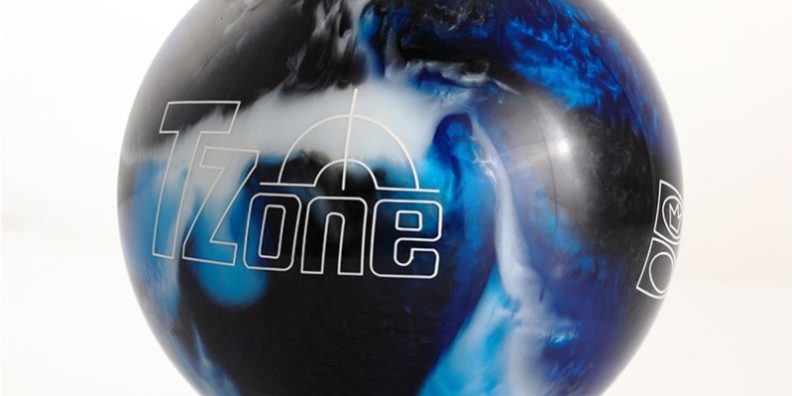Bowling ball weight blocks are an integral part of a ball’s design, influencing its motion on the lane. In this article, we’ll delve into the science behind bowling ball weight blocks, exploring the different types and their effects on a bowler’s game.
- Understanding Weight Blocks:
- Weight blocks are located within the core of a bowling ball and dictate its weight distribution.
- These blocks come in various shapes and configurations, including symmetrical and asymmetrical designs.
- Symmetrical Weight Blocks:
- Symmetrical weight blocks have a consistent shape and weight distribution.
- They create a balanced roll and provide predictable motion on the lanes.
- Symmetrical cores are ideal for bowlers seeking a smooth, controlled hook.
- Asymmetrical Weight Blocks:
- Asymmetrical weight blocks have irregular shapes and varying weight distributions.
- They offer dynamic and angular hook motions, making them suitable for bowlers looking for a powerful backend reaction.
- Asymmetrical cores excel in creating pin action and maximizing strike potential.
- Differential Values:
- Differential values indicate the variance in weight distribution within a weight block.
- Higher differential values result in increased hook potential and a more aggressive ball reaction.
- Asymmetrical weight blocks typically have higher differentials than symmetrical ones.
- Preferred Playing Styles:
- Bowlers often choose weight blocks that align with their playing styles and lane conditions.
- Symmetrical cores may be preferred for dry or medium-oiled lanes, providing control and predictability.
- Asymmetrical cores shine on heavy oil patterns, where their dynamic motion helps navigate challenging conditions.
- Customization:
- Bowling ball weight blocks can be customized through drilling layouts, allowing bowlers to fine-tune their ball’s performance.
- Consult with pro shop professionals to determine the optimal drilling layout for your game.
- Lane Conditions:
- The choice between symmetrical and asymmetrical weight blocks should consider the specific oil pattern and lane conditions you encounter.
- Adaptive bowlers may carry both types of balls in their arsenal to address different scenarios.
- Consulting Professionals:
- It’s advisable to seek guidance from pro shop professionals when selecting a bowling ball with a specific weight block.
- They can assess your skill level, playing style, and lane conditions to recommend the ideal ball for your game.
Understanding the science behind bowling ball weight blocks empowers bowlers to make informed choices that enhance their performance on the lanes. Whether seeking a smooth and controlled roll or an aggressive hook, the right weight block design can significantly impact your bowling game.






